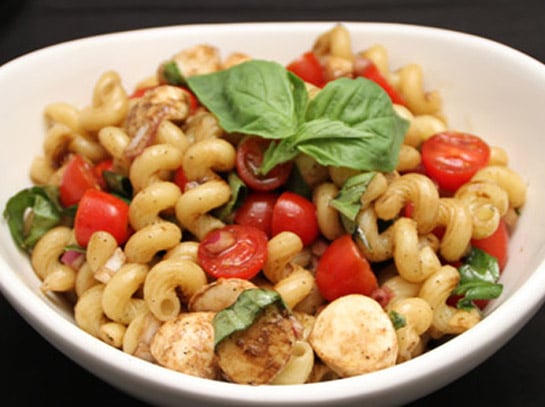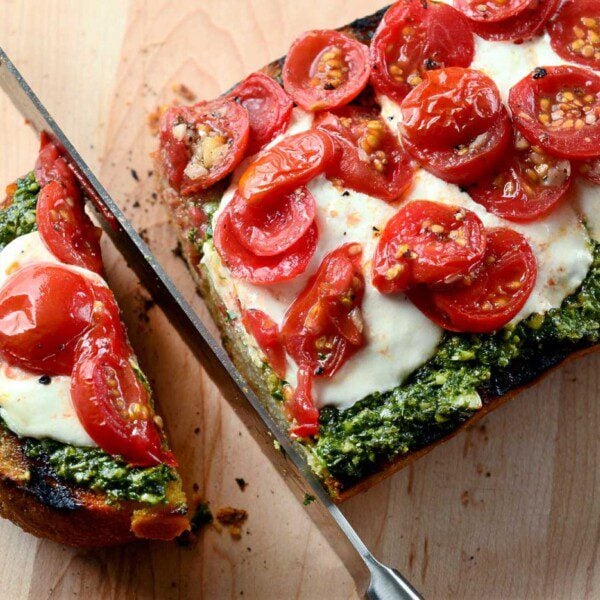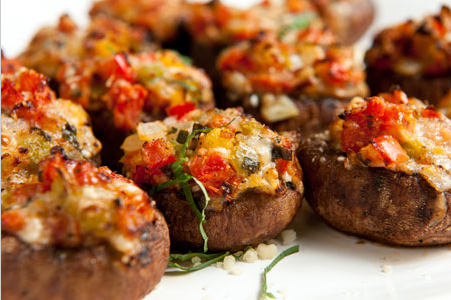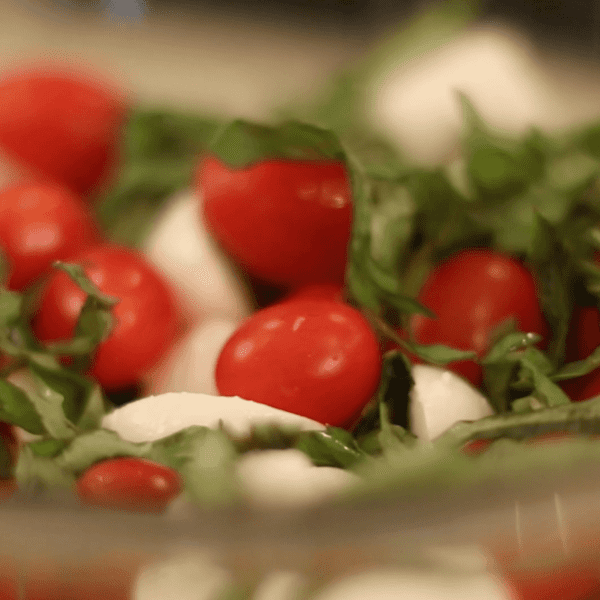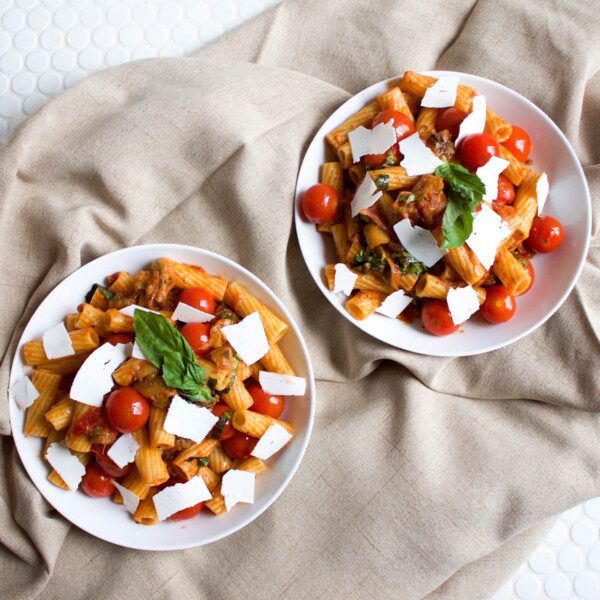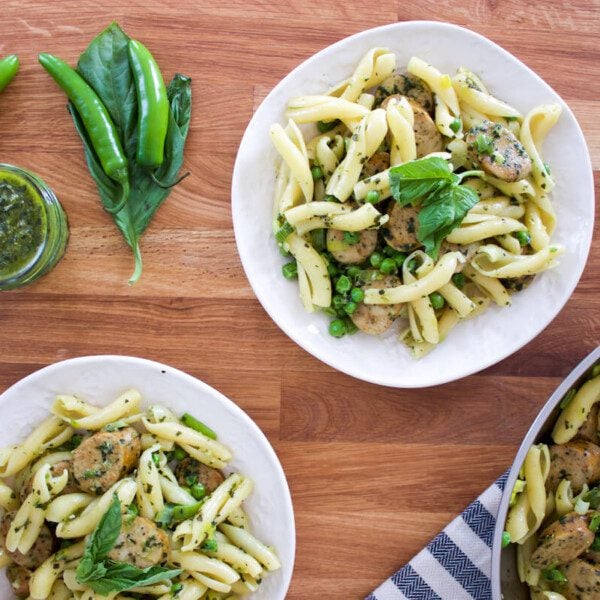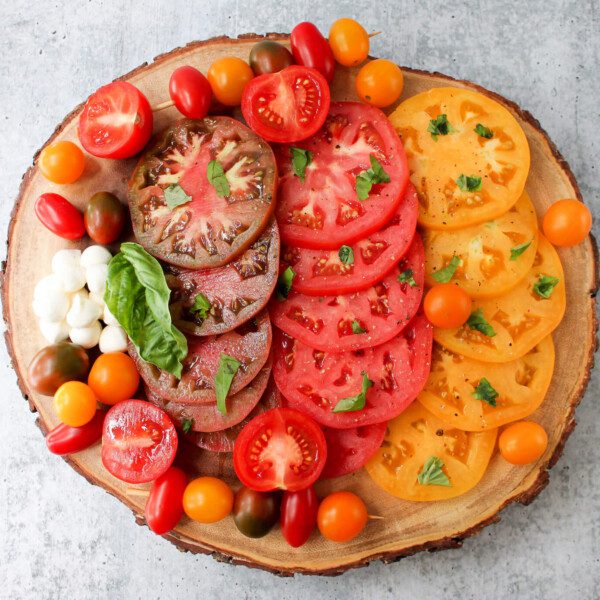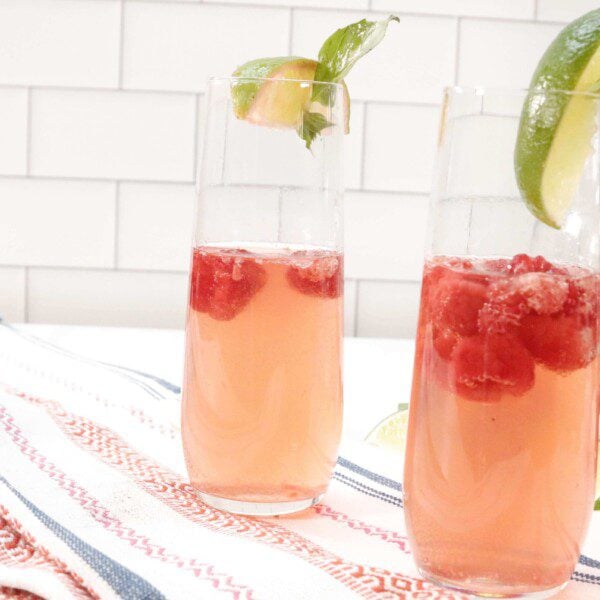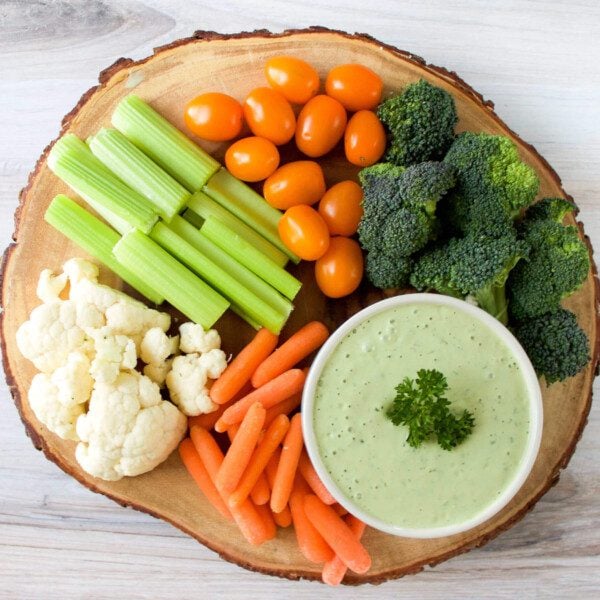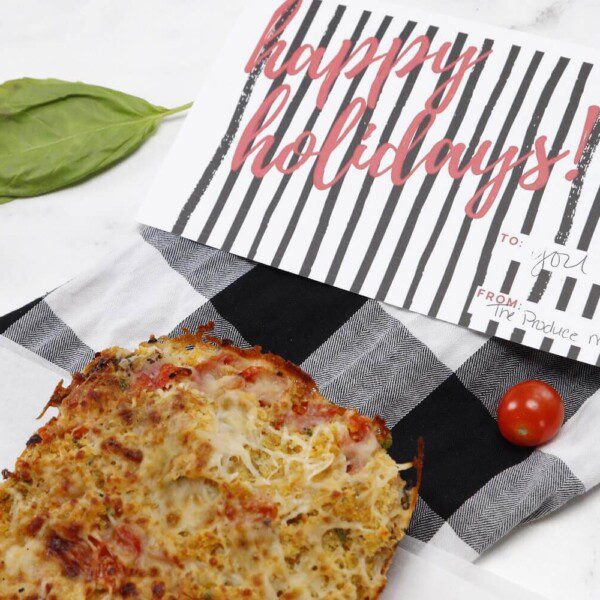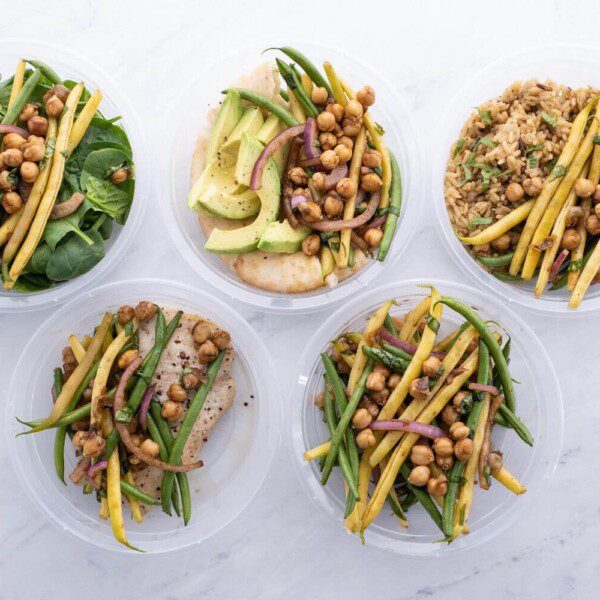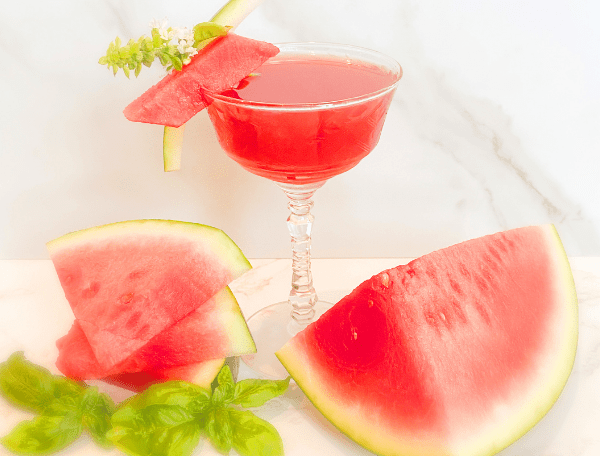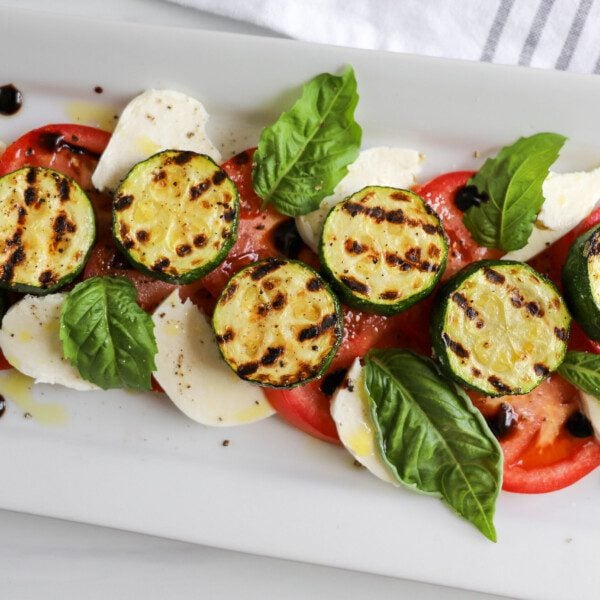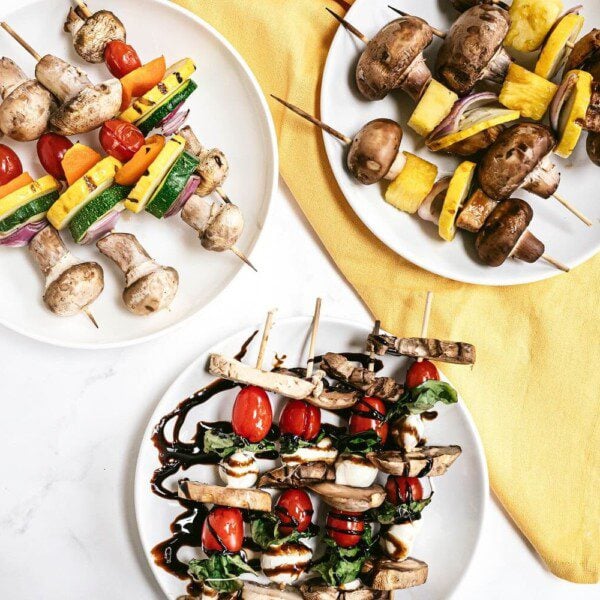
How to Select Basil
- When selecting fresh basil at the store, look for vibrant green leaves free of dark spots and decay.
- When selecting a basil plant, look for healthy roots that are not root-bound. Check for signs of aphids, which can be hiding on the undersides of the leaves.
- Avoid basil that is drooping, yellowing, or wilting.
When Is Basil in Season?
Basil grows best in warm weather, and when it’s in season depends heavily on where it’s grown.
For example, in warmer states like California, you can get basil from May to December. However, in cooler states like Colorado, you would only grow and harvest basil between June and September.
Hawaii and Mexico can grow and harvest basil year-round.
Varieties of Basil
There are over 40 varieties of basil, some more common than others.
Christmas basil has purple flowers, makes for a beautiful border plant, and can add a slightly fruity flavor to any dish.
Cinnamon basil has a spicier fragrance and flavor, and it works great as a garnish or in fruit salads.
Dark opal basil makes excellent pesto and can add color to any pasta or bruschetta.
Holy basil is commonly used for making tea that’s believed to boost your immune system by Hindu culture.
Lemon basil is the perfect garnish for a summer salad or iced tea on hot, sunny days with its refreshing, light taste.
Lime basil has a unique flavor and scent that pairs perfectly with poultry and fish dishes. It’s also used in combination with simple syrup to create delicious teas and margaritas.
Sweet basil is the standard for Italian pesto, soups, and sauces. There are different types of sweet basil, like Italian Large Leaf, Lettuce Leaf, Genovese, and Napoletano.
Sweet Thai basil has a distinct, spicy, clove-like flavor that is a must-have for many Asian dishes, and it makes a great addition to any herb garden with its potent fragrance and beautiful color.
Basil Nutrition Facts & Benefits
Basil provides macronutrients like calcium and vitamin K, various antioxidants, and more.
Two tablespoons of chopped basil contain approximately:
- 1 calorie
- 0 grams of fat
- 0 grams of protein
- 0.1 grams of carbohydrates
- 0 grams of sugar
- 0.1 grams of fiber
- 16 milligrams of potassium
Other than adding flavor to any dish, basil has some health benefits, including:
- Reducing oxidative stress linked to heart disease, diabetes, cancer, rheumatoid arthritis, and other conditions
- Reducing high blood sugar and treating its long-term effects
- Supporting heart health by reducing high blood pressure
- Boosting mental health by relieving stress, depression, anxiety, and more
How to Store Basil
How To Store Fresh Basil Leaves: Layer unwashed basil leaves in a single layer on a paper towel and roll loosely. Place the rolled paper towel in a plastic bag. Store in the refrigerator for up to 4 days.
How To Store Fresh Basil Stalks: If your basil still has intact stalks, treat it like a flower bouquet. Trim the stems and place the basil in a jar with a small amount of water. Store on the counter, uncovered, for up to six days. Replenish the water each day as needed.
How To Store a Basil Plant: Grocery store basil plants can be divided and propagated. To do so, remove the basil from the pot it comes in and pull the root ball apart. Select the basil plants that are the healthiest looking and pot each one in its own separate pot using a well-draining potting soil. Grow in direct sunlight. A grocery store basil plant that is not divided and propagated will only live for one to two weeks. Place the plant in a saucer of water and store it in a sunny place.
How To Freeze Basil (2 Methods):
Method 1: Blanching Blanch whole basil leaves for one to two seconds and immediately dunk them into cold water. Dry completely and then place in airtight freezer bags and freeze for up to one year. Note: frozen basil leaves may turn black over time.
Method 2: Ice Cube Trays Freeze chopped basil in ice cube trays. Cover with water and freeze through. Remove cubes from the tray and place them in an airtight freezer bag. When you are ready to use, place the cube in a bowl and let the ice melt. Drain the water and use the basil as indicated in your recipe.
How to Prepare Basil
You can add basil to almost anything — it’s an extremely versatile herb, and there’s a variety for every cuisine.
To get the maximum flavor out of your basil, you should add it toward the end of the cooking process; exposure to prolonged heat causes the herb’s oils to dissipate.
However, if you use dried basil, you want to add it in early so that it has time to infuse with the other ingredients.
Basil is also a great flavoring agent to make an infused oil, and you can use the flowers to make a basil flower tea or oil.
It’s also an excellent way to mellow out the acidity of other ingredients — this is why basil is often included in Italian dishes and paired with tomatoes. But basil isn’t only for pesto and garnishes; you can use it in various dishes, beverages, appetizers, and desserts.
You can put whole basil leaves on pizza, garnish pasta with chopped basil, blend it into soups and sauces, add it to salads, and even use it as an ice cream topper!
